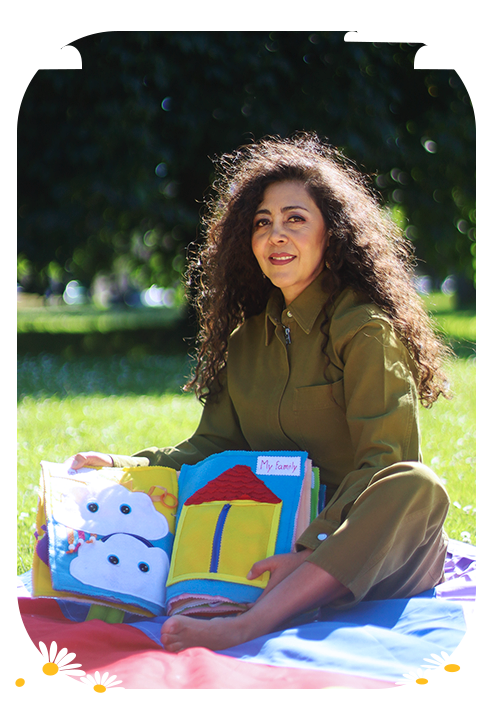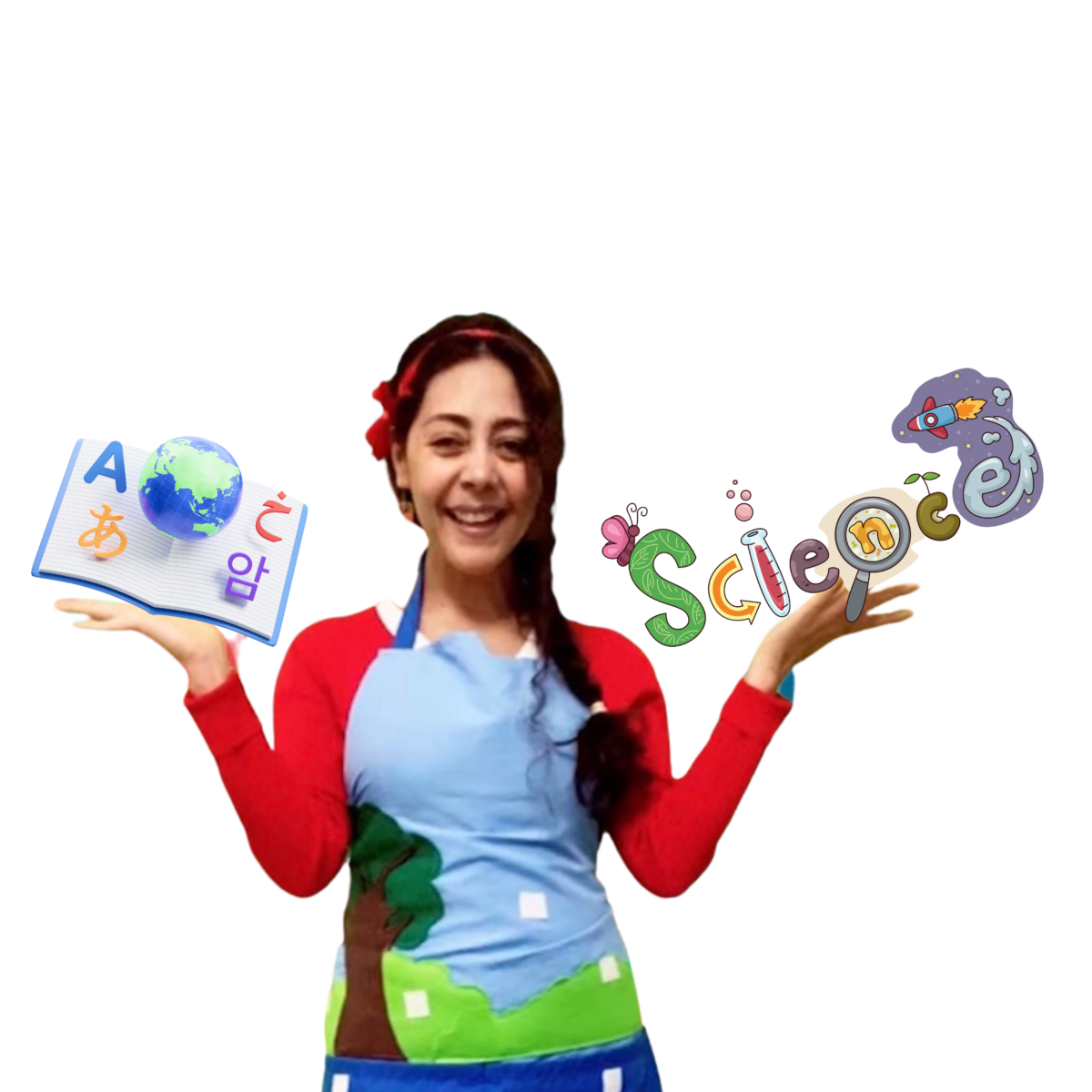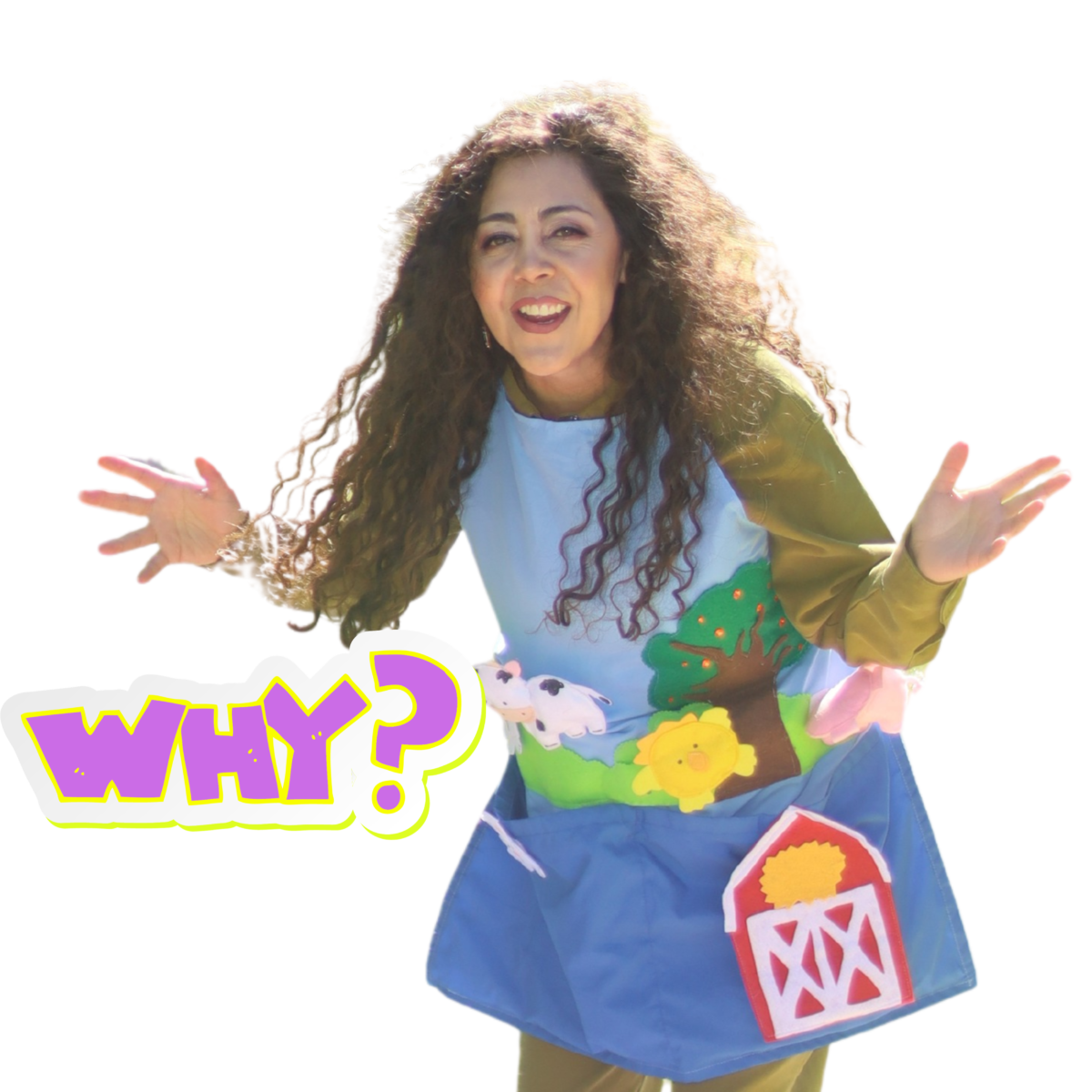
What is the Mamaestra?
The Mamaestra Program introduces caregivers to Spanish language and Latino culture so they can teach it to children. This allows kids to experience rich Spanish interactions with parents.
Our books, music, toys and coaching services give families the tools to build a bilingual habit at home. We provide Spanish language content and teaching guidance to Latino families and non-native speakers alike.
Our curriculum supports various approaches like One Parent One Language (OPOL) and Time and Place (T&P) with Outside Resources. It engages caregivers first so they can deliver lessons to little ones. Together, we open children’s minds to the beauty of diversity through the gift of bilingualism.

Scientific research demonstrates that babies possess remarkably adept language learning capabilities, especially when it comes to acquiring new languages. It’s crucial to understand that the window for optimal language acquisition is time-sensitive. Between birth and around 3 years old, infants’ brains are at their peak for learning a second language.
Resources

- The incorporation of music (songbook) develops musical intelligence by working on the phonetic aspects of language.
- Puppets (toybook) introduce vocabulary and build linguistic intelligence for semantic learning.
- Readings (storybook) build syntactic skills and logical intelligence.
- Nature immersion (loritos program) utilizes naturalist intelligence and enhances pragmatic language use.
- Art (workbook) and crafts (mini-books) exercise spatial intelligence and creativity.
Overall, the range of multimodal activities in the Mamaestra curriculum engages diverse learning styles and multiple intelligences. This integrative approach allows young learners to fully develop their linguistic abilities, creativity, and cognitive skills on the path to bilingualism. By leveraging various intelligences, we maximize children’s language acquisition and create a joyful, effective learning experience.
Mamaestra: Nurturing Bilingual Minds Through Multiple Intelligences

Mamaestra nurtures children’s diverse skills and learning styles through activities that engage multiple intelligences:
- Linguistic Intelligence: Storytelling, reading and language exposure build linguistic skills.
- Logical-Mathematical Intelligence: Problem-solving tasks boost logical thinking.
- Visual-Spatial Intelligence: Arts, crafts and visual aids stimulate spatial intelligence.
- Bodily-Kinesthetic Intelligence: Hands-on, interactive activities develop bodily-kinesthetic ability.
- Musical Intelligence: Songs and rhythmic activities nurture musical intelligence.
- Interpersonal Intelligence: Group collaboration enhances interpersonal skills.
- Intrapersonal Intelligence: Self-reflection and individual tasks support intrapersonal growth.
By incorporating this multidimensional approach, Mamaestra’s bilingual program enables children to reach their full potential across all intelligences.


I am Cecilia Guerrero, an educator with a lifelong passion for inspiring young minds.
I am from Ecuador with a degree in Applied Linguistics and three master’s degrees. I have been teaching Spanish for over 20 years and am the author of the Mamaestra de Español program and its educational products including books, songs, and toys. I also teach adults at Middle of the World Spanish School.
My experience guiding countless people on their journey to bilingualism taught me the importance of engaging families in the process.
That realization led me to create the Mamaestra Spanish teaching program and resources. It is my life’s work to empower parents with tools to foster their children’s Spanish language growth in fun, natural ways. I believe learning should be a creative adventure, and it brings me immense joy to help forge connections between languages, cultures, and most of all, human hearts. As an educator, I am committed to nurturing the global citizens of tomorrow.





